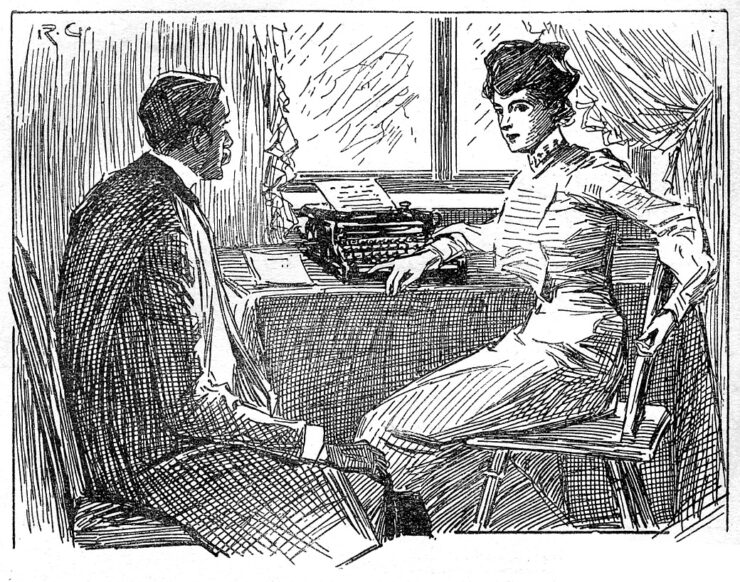Gothic horror is not like other horror. Most people tend to think of it as the quieter genre—the subtler horror that creeps in like mould in your walls—and they’re not wrong. Subtlety has long been a key hallmark of the genre, which wends its way through domestic settings and unsettles them, not by crashing through with a battering ram but by picking things up and putting them back in slightly the wrong place. The Gothic comforts us paradoxically with its creeping sense of unease, appealing to our desire to be reassured that, “yes, something is wrong here; no, you’re not imagining it.” On the surface, there’s something almost gentle about it—and yet, this genre can resonate powerfully from one age to the next. It speaks to us about the anxieties of our time, and connects us with the anxieties of the past, many of which are more familiar to us than we may realise at first glance.
Perhaps for this reason, Gothic horror has seen a dramatic resurgence of popularity in the last few years. Last summer, over 200,000 people signed up to the newsletter Dracula Daily, and this year the serialisation of Bram Stoker’s classic has been joined by a spectacular accompanying podcast, Re: Dracula. If you’re new to the genre, or looking to delve in a bit deeper, you may be uncertain where to start. To help, here are five memorable Gothic classics, ordered by date of publication, which pack a great deal into relatively few pages…
The Strange Case of Dr Jekyll and Mr Hyde by Robert Louis Stevenson (1886)
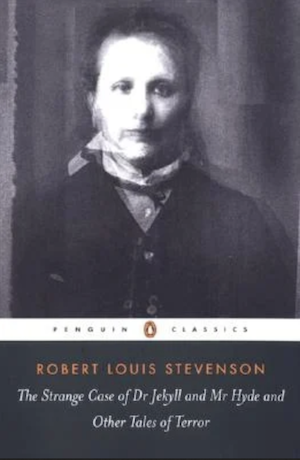
Everyone knows the tale of Dr Jekyll and Mr Hyde… or so they think they do. But you may be surprised how often pop culture gets these twisted figures wrong. This is not a novella which explores multiple personalities, as is so often suggested by adaptations, but one which tells the story of how an individual’s behaviour can alter when he is given a disguise that shields him from societal expectations. For this reason, literary scholars have explored numerous queer readings of the text, and its commentary on identity and social performance feels particularly relevant to the digital age, where everyone is wearing a mask. (If you enjoy the premise of this novella and want more like it, you may also enjoy The Glass Scientists by S.H. Cotugno. This webcomic takes a more contemporary, fantasy-oriented approach to the text but nonetheless retains its core themes of identity and secrecy).
The Picture of Dorian Gray by Oscar Wilde (1891)
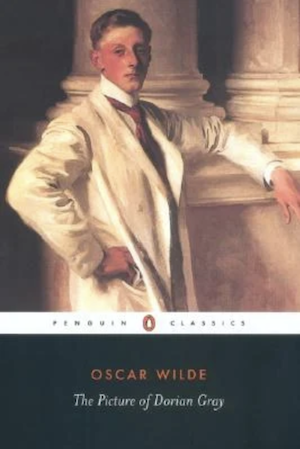
Of the five books on this list, Wilde’s Gothic tale of beauty and corruption is perhaps the most challenging, due to its author’s briskly paced wit and his penchant for long sentences studded with semicolons… but don’t let that deter you. Woven into the lush and dense description is a tale rich with emotional honesty about the high costs of perfection. Dorian Gray is young, handsome, and wealthy—but fears that the day he loses his good looks will be the day he loses his value. After having his portraited painted by a close friend, Gray is persuaded to enter a pact with the devil, which causes the picture to age and grow ugly with the manifestation of his sins while he remains youthful and apparently unchanged. Inspired by the dark duality evoked in Stevenson’s Jekyll & Hyde, Wilde’s novel holds a mirror up to the self as one relates to the society in which they live. This reflection—on the value of aesthetics and frivolity in times of hardship; on cruelty in the face of desire—becomes unnervingly relevant the longer one considers it. It’s definitely worth a read (or a reread).
The Hound of the Baskervilles by Arthur Conan Doyle (1902)
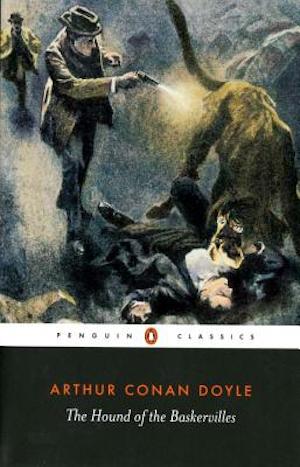
Though it was written in 1902, this Sherlock Holmes adventure is set in 1889, presented as a flashback to one of the great detective’s earlier cases. Doyle was urged to write this text to sate the public’s thirst for more Holmes stories, but—even as he obliged the—he chose to deviate from expectations, plunging Holmes into a Gothic mystery. Drawing on Doyle’s keen interests in the occult and the spiritual, the tale is wreathed in ghostliness, uncertainty, and gloom. It makes for a delightfully chilling read on a cosy winter night.
We Have Always Lived in the Castle by Shirley Jackson (1962)
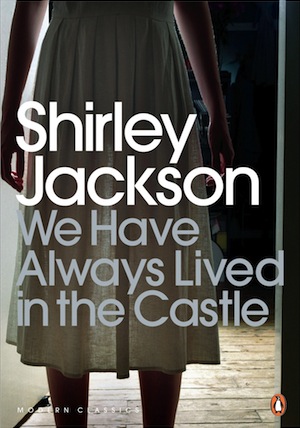
Shirley Jackson’s final novel, We Have Always Lived in the Castle, is a haunting work of twentieth-century Gothic fiction. Sisters Merricat and Constance Blackwood live together in peaceful isolation following the tragic poisoning which killed most of their family. Suspected of committing the murders themselves, the two are shunned by the residents of the nearby village—but that suits them just fine. As the novel progresses, Jackson paints a masterful picture of the sisters’ toxic co-dependency, with Merricat taking increasingly drastic measures to ensure nothing ever comes between them. By the time the novel reaches its climax, your heart will be lodged firmly in your throat.
The Bloody Chamber and Other Stories by Angela Carter (1979)

This last book is a little different from the others, being a collection of thematically-linked short stories. Set across locations familiar and strange, from great Gothic castles in which vampires stalk to mysterious forests to an isolated island manor, Carter’s tales reinvent and comment on the nature of fairytales, exploring their sinister underbellies in a decidedly Gothic fashion. These stories offer incisive insights into the dichotomy of masculine and feminine fairytale archetypes and are utterly immersive. (Be advised, however, that some of these stories depict sexual assault and misogyny in explicit ways, which some readers may prefer to avoid.) With some of these tales occupying as many as forty pages—and others, only two—it’s easy to dip in and out of, and entirely up to you which order you want to read the book in.
***
There are many, many other fantastic Gothic texts out there, which you may find yourself emboldened to go out and try, especially if you’ve already read a few of the books above. I hope so. But whether you decide the Gothic is your cup of tea or not, exploring a new genre is always worth the while. If you’re already a lover of the Gothic, please feel free to share your own recommendations in the comments below—and your thoughts on the five books listed here! If you’ve read all five, which is your favourite, and why?
Holly Kybett Smith is a writer based in the south of England, where she is currently studying for her MA in Victorian Gothic. A keen lover of historical and speculative fiction, she specialises in all things dark, whimsical and weird. Her work has been featured in Issue #2 of the New Gothic Review.










